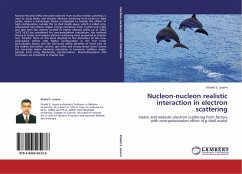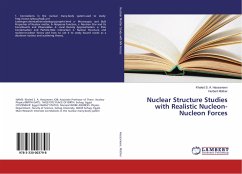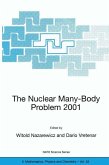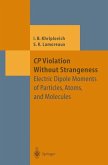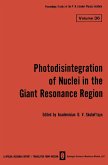Nucleon-Nucleon (NN) interaction derived from nuclear realistic potential, is used to study elastic and inelastic electron scattering form factors in light nuclei, where a microscopic theory is employed to include the effects of high configuration outside the 1p-shell model space, which is called core-polarization (cp) effects. Higher energy excitations from 1s-shell core orbits and also from the valence 1p-shell to higher allowed orbits up to 1d5/2 2s1/2 1d3/2 are considered for core-polarization calculations. the outlined theory of elastic and inelastic electron scattering were presented in chapter two. Chapter three of this book devoted to the derivation of the core-polarization effects with higher configuration in the first order perturbation theory and the two-body matrix elements of three part of the realistic interaction: central, spin orbit and strong tensor force, where the two-body matrix elements calculation in harmonic oscillator single-particle basis using Moshiniskytransformation. Results,discussions and conclusion are presented in chapter four.
Bitte wählen Sie Ihr Anliegen aus.
Rechnungen
Retourenschein anfordern
Bestellstatus
Storno

